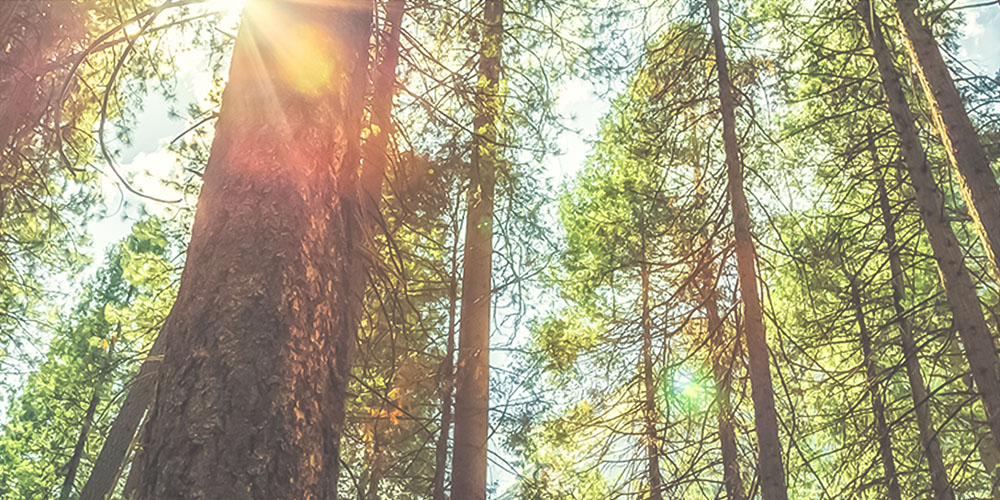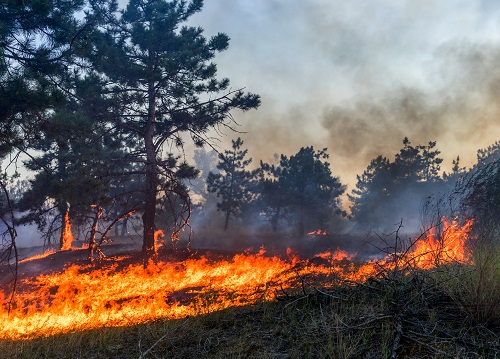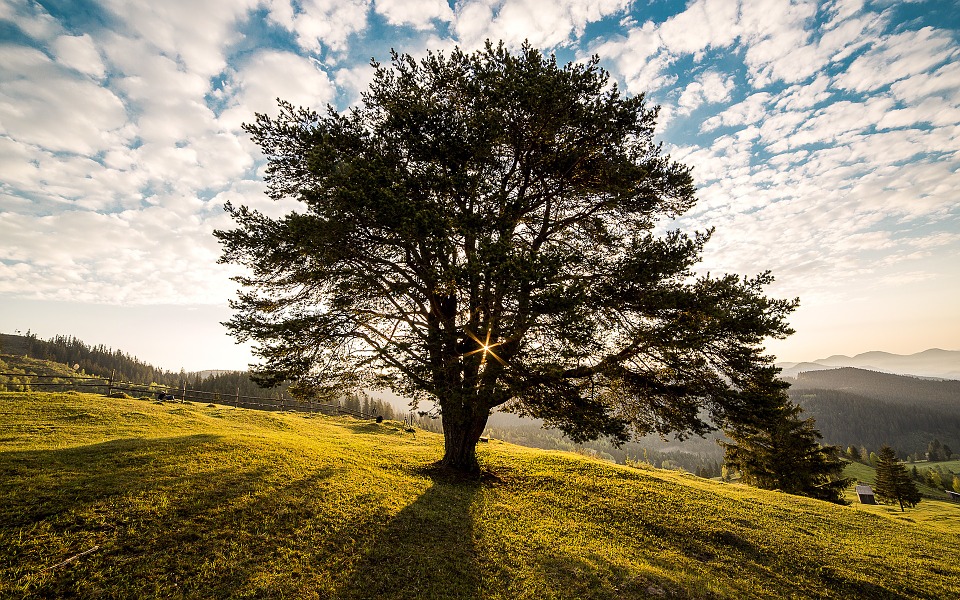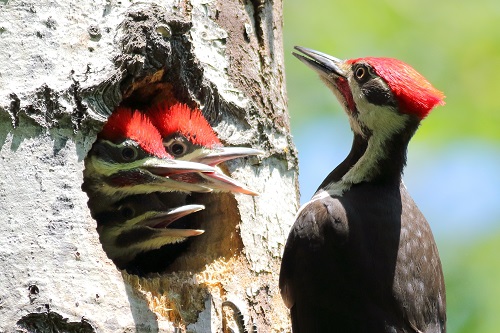
Mapping Seed Sources
Students use growth data from loblolly pine forests to identify genetically different populations and project where trees with certain characteristics are likely to thrive in changing climatic conditions.

Students use growth data from loblolly pine forests to identify genetically different populations and project where trees with certain characteristics are likely to thrive in changing climatic conditions.

Students explore the connection between forests, climate change impacts, and management strategies for creating resilient forests, and then draw these connections in a system diagram, a tool that helps them see the system.

In small groups, students learn about research that is helping forest managers monitor and respond to climate change using new tools and management techniques.

Students use the online resources, the Climate Change Atlas from the US Forest Service to explain the effects of climate change on the future distribution of suitable habitats for forest types, tree species, and bird species in the southeastern US.

Students learn about the scientific evidence supporting climate change, use this information to evaluate and improve conclusions some people might draw about climate change, and participate in a role-play to negotiate solutions.

Students create a timeline of climate science over the past 200 years and gather information from U.S. Forest Service video about climate mitigation and adaptation strategies for forests.

Use these STEM lessons to teach students the difference between a wildfire and a prescribed fire, and how fire can be beneficial to forests when it is planned and managed.

Learning about trees is a great introduction to many subject areas – from science to music to geography. Here are some outdoor lesson ideas for students in any grade.

Engage students in STEM (science, technology, engineering, and math) as they explore why snags make excellent habitats for birds, mammals, insects, fungi, amphibians, and reptiles.

If you have access to tablets, there are many educational apps that you can integrate into lesson plans. We’ve pulled together 12 science apps for middle and high school students on the topics of climate change, conservation, weather, and more.